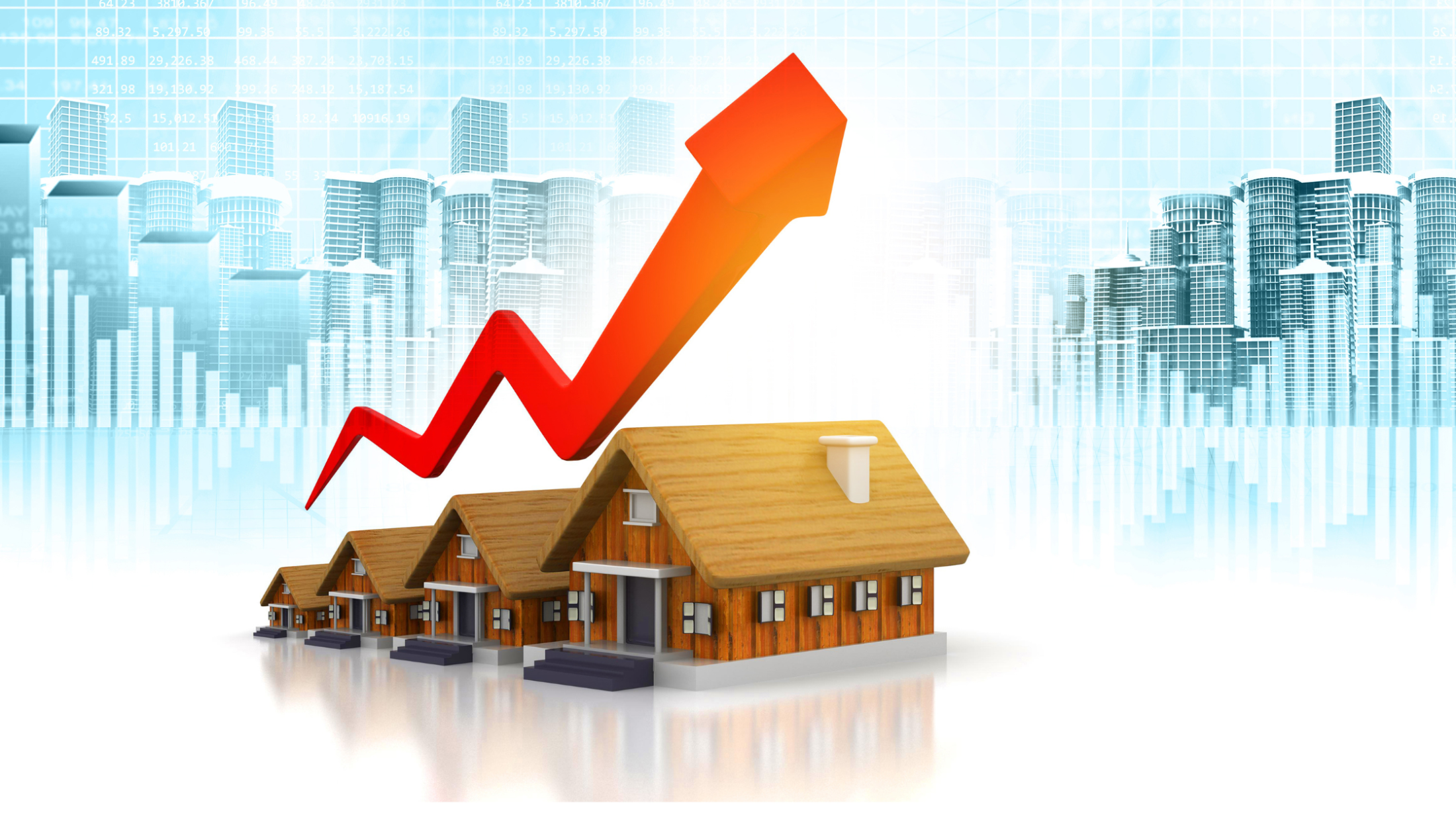Calgary's real estate market is currently experiencing a dynamic shift, making now an opportune time to transition from renting to buying. Several key factors, including rising prices, record immigration, and a supply shortage, contribute to why this is a savvy real estate decision.
Rising Prices
Calgary's real estate market has seen consistent price increases over the past few years. According to the Calgary Real Estate Board (CREB), the city's benchmark price for residential properties has been on an upward trajectory, driven by high demand and limited supply. Waiting to purchase a home in this environment could mean paying significantly more in the near future. By buying now, you can lock in at current prices and potentially benefit from future appreciation.
Record Immigration
Alberta, and Calgary in particular, has become a prime destination for new immigrants. In 2023, Calgary welcomed a record number of immigrants, bolstering demand for housing. This trend is expected to continue, further straining the already limited housing supply. Newcomers contribute to the city's vibrant economy and cultural diversity, making Calgary an even more attractive place to live. This influx of residents will likely drive up property values as demand outpaces supply, making now a strategic time to invest in real estate.
Supply Shortage
Calgary is facing a notable shortage of housing inventory. New construction projects are not keeping pace with the growing demand, leading to a tight market. This supply-demand imbalance is a key factor driving up prices. For renters, this means higher monthly costs as landlords take advantage of the competitive market. Transitioning to homeownership can provide stability and predictability in your housing expenses, shielding you from future rental increases.
Calgary is Not in a Real Estate Bubble
One of the biggest concerns for potential buyers is the fear of a real estate bubble. However, Calgary's market fundamentals suggest otherwise. Unlike speculative bubbles seen in other markets, Calgary's price growth is supported by strong economic indicators, including job growth, rising incomes, and robust demand. The city's real estate market is characterized by sustainable growth rather than irrational speculation. This makes it a sound investment choice, as the risk of a market crash remains low.
Long-Term Financial Benefits
Owning a home in Calgary offers numerous financial advantages over renting. With mortgage rates still relatively low, buying a home allows you to build equity and benefit from potential appreciation. Instead of paying rent to a landlord, your monthly mortgage payments contribute to your asset, providing long-term financial security. Additionally, homeowners can take advantage of various tax benefits, further enhancing the financial appeal of buying.
Strategic Investment Decision
Investing in Calgary real estate now positions you to capitalize on future growth. The city's economy is diversifying, with significant investments in technology, healthcare, and renewable energy sectors. These developments are expected to create jobs and attract more residents, fueling further demand for housing. By purchasing a property now, you can secure a foothold in a market poised for sustained growth.
Conclusion
Transitioning from renting to buying in Calgary is a strategic move given the current market conditions. Rising prices, record immigration, and a supply shortage all point to increased demand and higher property values in the future. Calgary's market stability and long-term growth prospects make it an ideal time to invest in real estate. By purchasing a home now, you can lock in at today's prices, build equity, and enjoy the financial benefits of homeownership. Don't miss out on the opportunity to make a savvy real estate decision and secure your future in Calgary's thriving market.











